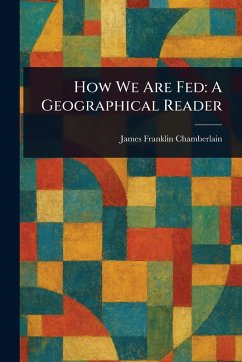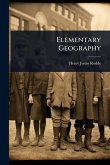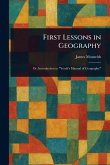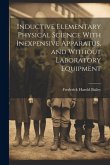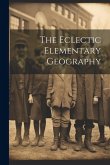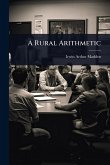"How We are Fed: A Geographical Reader" by James Franklin Chamberlain offers a fascinating glimpse into the world of food production and agriculture. Designed as a geographical reader, this book explores the origins of our food, examining the diverse crops and farming practices across different regions. Delving into the fundamentals of how food reaches our tables, Chamberlain connects agriculture to geography, revealing the intricate relationship between the land and what it yields. From basic farming techniques to the distribution of food resources, this book provides a comprehensive overview of food systems. Originally intended for elementary education, "How We are Fed" remains a valuable resource for understanding the foundations of food production. A classic exploration of human geography and agricultural technology, this meticulously prepared print republication preserves the timeless insights of Chamberlain's work. This work has been selected by scholars as being culturally important, and is part of the knowledge base of civilization as we know it. This work is in the public domain in the United States of America, and possibly other nations. Within the United States, you may freely copy and distribute this work, as no entity (individual or corporate) has a copyright on the body of the work. Scholars believe, and we concur, that this work is important enough to be preserved, reproduced, and made generally available to the public. We appreciate your support of the preservation process, and thank you for being an important part of keeping this knowledge alive and relevant.
Bitte wählen Sie Ihr Anliegen aus.
Rechnungen
Retourenschein anfordern
Bestellstatus
Storno

